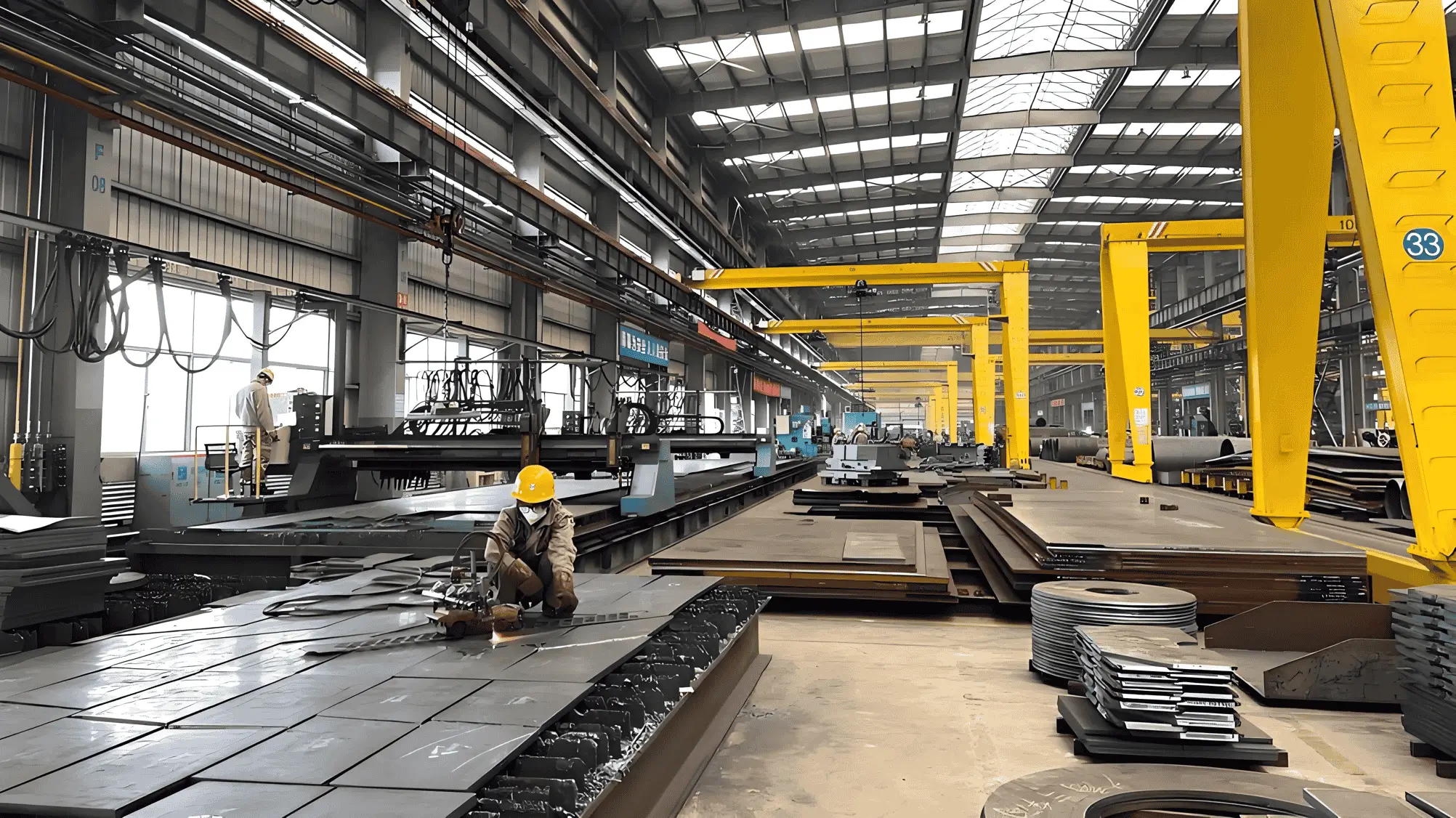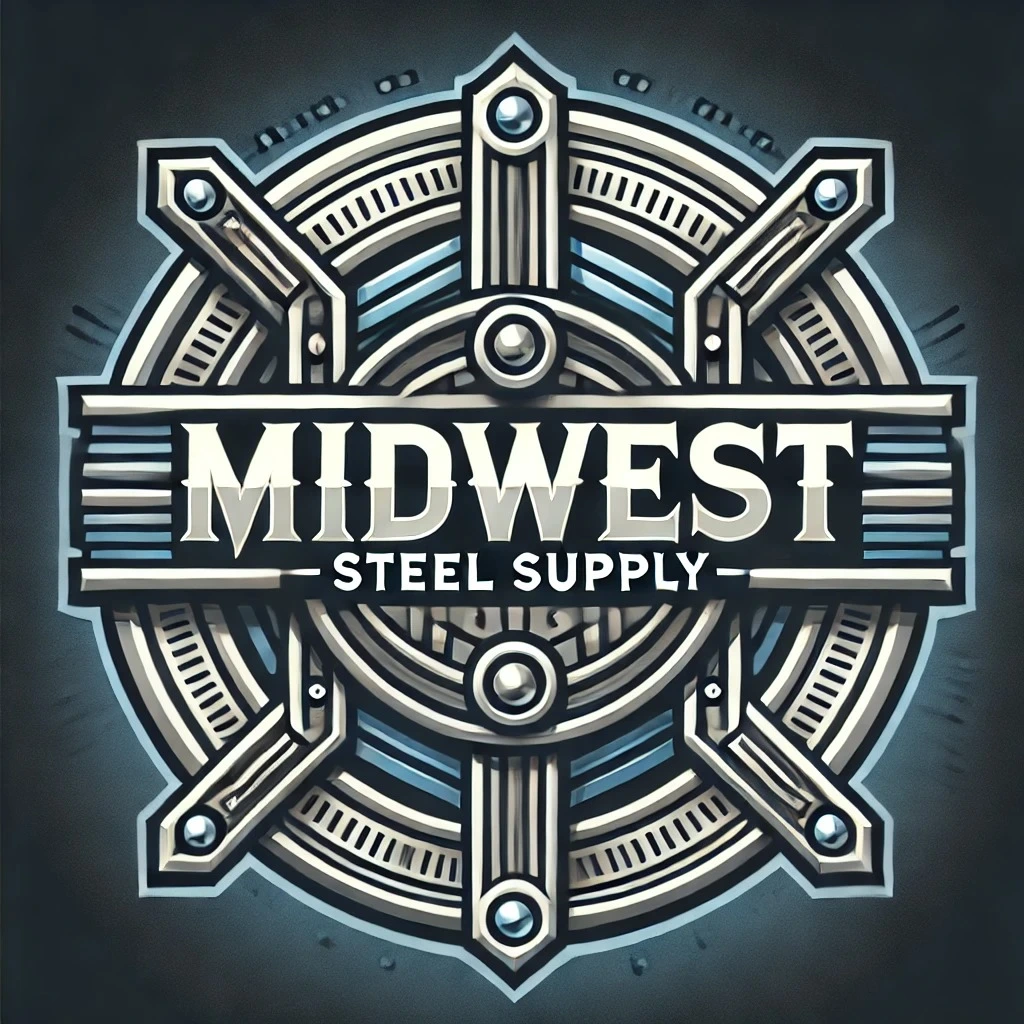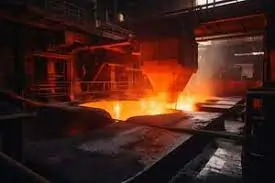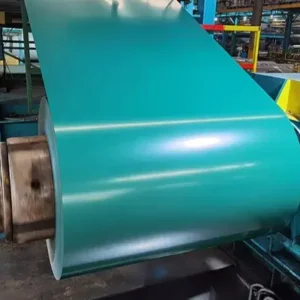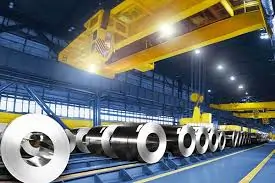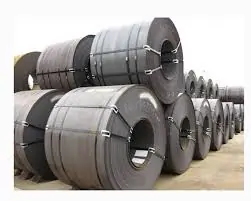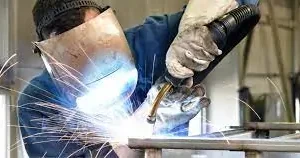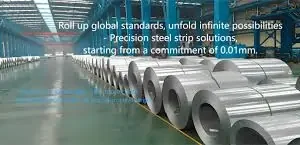The Role of Structural Steel in Modern Construction: From Buildings to Bridges
Product Menu
- Steel Bar
- Powder High-speed Steel
- Aluminum Strip Coil/Sheet
- Stainless Steel Strip Coil/Sheet
- Hot-rolled Steel Strip Coil/Sheet
- Cold-rolled Steel Strip Coil/Sheet
- Galvanized Steel Strip Coil/Sheet
- Color-coated Steel Strip Coil/Sheet
- Seamless Steel Pipe
- Welded Steel Pipe
- H-shaped Steel
- Angle Steel/Channel Steel
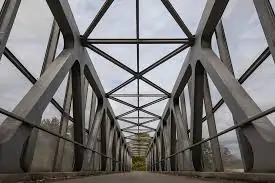
Steel remains the backbone of modern infrastructure. Its combination of strength, versatility, and durability makes it indispensable in large-scale construction projects. Whether it’s skyscrapers reaching into the clouds, highway bridges spanning vast rivers, or factories demanding strong frameworks—structural steel is the material of choice. Alongside advancements in steel processing, services such as steel cutting, custom steel bending, and shaping have opened new possibilities in design and execution.
This article explores how structural steel is used in buildings and bridge construction and how steel service centers enhance its value through advanced fabrication techniques.
Structural Steel for Buildings
Structural steel forms the skeleton of most high-rise buildings, warehouses, and large-scale commercial structures. The use of steel in buildings is not a modern concept, but today’s technology and engineering have refined its application to maximize efficiency and minimize cost.
Why Use Structural Steel in Buildings?
-
Strength-to-Weight Ratio: Steel offers a high strength-to-weight ratio, meaning that even relatively small steel components can support enormous loads. This allows for taller, more spacious buildings without excessive bulk.
-
Design Flexibility: Steel can be fabricated into various shapes and lengths, allowing architects and engineers to push the boundaries of design without compromising structural integrity.
-
Speed of Construction: Prefabricated steel sections can be quickly erected on-site, reducing construction time significantly.
-
Durability: Steel resists fire, pests, and environmental degradation, providing a long lifespan for structures.
-
Sustainability: Steel is 100% recyclable and often made from recycled materials, contributing to environmentally friendly construction practices.
From commercial high-rises to industrial plants and logistics centers, structural steel delivers both economic and functional advantages.
Steel for Bridge Construction
When it comes to building bridges—structures that demand load-bearing strength, long spans, and weather resistance—steel is unmatched. While concrete has its place, steel for bridge construction excels in flexibility, speed of assembly, and tensile strength.
Types of Bridges Built with Steel
-
Beam Bridges: Use horizontal beams supported by vertical piers. Steel I-beams or box girders are commonly used here.
-
Truss Bridges: Designed using interconnected steel triangles for superior weight distribution and rigidity.
-
Arch Bridges: Steel arches provide both aesthetic appeal and functional strength.
-
Suspension Bridges: Utilize high-tension steel cables to support the bridge deck across large spans, as seen in iconic structures like the Golden Gate Bridge.
Benefits of Steel in Bridge Engineering
-
High Load Capacity: Can support traffic, freight, and even rail with minimal deflection.
-
Ease of Fabrication: Steel elements can be manufactured off-site, transported, and bolted or welded together rapidly.
-
Durability Under Dynamic Load: Steel performs well under repetitive and heavy loads, crucial for vehicle and train movement.
-
Corrosion-Resistant Alloys: Modern bridge projects use weathering steel or galvanized coatings to resist corrosion.
Bridges made of steel are often built faster and last longer with lower maintenance, making them a smart investment for public infrastructure.
Steel Cutting Services – Precision for Every Project
No steel project is one-size-fits-all. Be it beams for a high-rise or plates for a bridge truss, Best steel cutting services ensure that materials are sized precisely to design specifications. These services are a critical component offered by modern steel service centers and fabricators.
Key Steel Cutting Techniques
-
Laser Cutting: Provides high precision and smooth edges for thin and medium-thick steel sheets.
-
Plasma Cutting: Ideal for thicker steel sections and offers a fast and economical method.
-
Oxy-Fuel Cutting: Used for heavy-duty applications like structural I-beams and plates.
-
Water Jet Cutting: Suitable for intricate designs and sensitive metals, using high-pressure water with abrasives.
Advantages of Professional Steel Cutting
-
Accuracy: Automated machinery ensures consistent, mistake-free cuts.
-
Efficiency: Saves time on-site by delivering components ready to assemble.
-
Reduced Waste: Optimal nesting and layout reduce scrap material, lowering cost.
-
Customization: Complex geometries and patterns can be achieved that are otherwise difficult manually.
Steel cutting services empower builders, contractors, and manufacturers to execute their vision with exactness, eliminating the need for on-site alterations.
Custom Steel Bending and Shaping – Engineering Possibilities
Modern architecture and infrastructure often require more than straight lines and 90-degree angles. That’s where custom steel bending and shaping services come into play. Whether creating a curved canopy, spiral staircase support, or bent pipes for structural frameworks, these services bring design ideas to life.
Types of Steel Bending and Shaping
-
Roll Bending: Used to form large radius curves in steel beams, pipes, and tubes.
-
Press Braking: Bends sheets and plates at precise angles.
-
Stretch Bending: Ideal for curved architectural facades and automotive components.
-
Rotary Draw Bending: Provides tight radius bends, particularly in tubular products.
Applications
-
Architectural Elements: Curved facades, awnings, and arches.
-
Structural Components: Bended beams and trusses for load distribution.
-
Industrial Fabrication: Custom piping, conveyors, and enclosures.
Custom bending reduces the need for multiple welded components, improving the overall strength and integrity of the structure. It also reduces joints, lowering labor time and material use.
From Design to Delivery – A Complete Steel Solution
Combining structural steel for buildings, steel for bridge construction, with advanced steel cutting services, and custom steel bending, modern steel service providers can offer a one-stop-shop solution for complex projects. Contractors benefit from a streamlined procurement process where raw materials are processed and delivered to site-ready status.
Steel service centers equipped with CAD-compatible software, CNC machines, and skilled technicians work directly with engineers and architects to interpret blueprints and translate them into steel parts with accuracy and speed.
Conclusion
From massive skyscrapers to expansive bridges, steel continues to be the material of choice for strength, reliability, and sustainability. The modern construction ecosystem relies not just on the steel itself but on the capabilities of service providers who offer precision steel cutting, bending, and custom fabrication.
Whether you’re building vertically with structural steel, horizontally across rivers with steel bridges, or integrating curves and custom cuts in your project design, advanced steel services make it possible.
Investing in high-quality steel and expert fabrication services ensures your construction is built to last—both in strength and value. For contractors, architects, and project managers, understanding and leveraging these services is key to modern building success.
Lastest Posts List
OEM & ODM
Highly precise technical design team,the design and production of tailored solutions for you.
Contact
